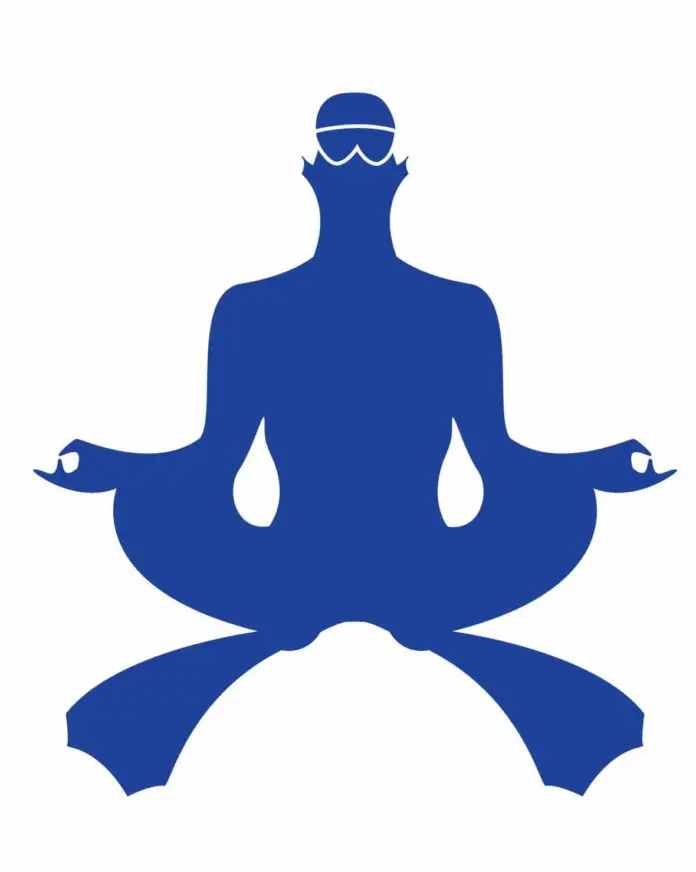Fit for Diving Series : Part 1 (Stretching) | Part 2 (Strength) | Part 3 (Condition)
We all love diving – that’s why you’re here reading articles about how you can get more out of it. In parts 1 and 2 we talked about the benefits of warming-up and down on dive days, and strength in your body, mind and breathing. In this last article of the series on dive fitness I’ll look at the one main factor that will keep you in diving, or not – your cardiovascular fitness.
Every year the BSAC incident report rates health and fitness as a critical factor in scuba dive fatalities. And yet it seems that diver waistlines are expanding at a rate to match the ‘deco’ burgers sold on a Saturday afternoon at Vobster Quay.
In 2006, DIVER magazine held a health awareness day at Stoney Cove and discovered that many of the divers they tested had sky-high blood pressure, enough for the fitness advisors to tell divers to go lie down instead of dive.
The truth is we all know this, but there is an element of denial that it applies to us. Or that it’s too much of a chore to do anything about it. But if you claim to love diving, and want to keep diving, you’re going to need to put your heart into it.
How well you cope with an unexpected need for energy, for example running for a bus, tells you how fit you are. We include a number of factors in determining fitness overall such as stamina, strength and flexibility. For most of us ‘fitness’ means cardiovascular fitness – the ability of your heart, lungs and blood vessels to provide oxygen to the muscles during physical activity. It’s measured using VO2 max, your maximum oxygen uptake.
When we exercise for moderate to long periods, and relatively lightly, we are using the oxygen-based (aerobic) energy system powered by the heart. When we train in short, high intensity bursts the body will switch to the anaerobic system which feeds energy to the muscles without using oxygen, creating lactic acid as a result. That’s the burning feeling you get in your legs during hard training.
If you use a heart rate monitor during exercise you’ll know that light exercise (up to 70% of your maximum heart rate) tends to burn fat, while higher exertion leads to cardiovascular fitness (approximately 70 – 80%). Training in these zones by walking, running, cycling or swimming several times a week will keep the average diver suitably fit for what scuba diving demands.
This includes having energy reserves for the unexpected, for example a rescue or strong current, and an increased rate of nitrogen elimination. For technical divers, being in good condition can also aid oxygen off-gassing. Healthier heart and lungs will also reduce air consumption during the dive. Good heart condition isn’t only about exercise – diet, smoking and stress are also big factors in how well your heart functions.
It’s a different story for freedivers who tend to come to the sport fitter, with an athlete’s mindset. Aerobic training enables a freediver to maintain propulsion and speed at a low heart rate. Good heart and lung condition is important as it helps to pay back the oxygen debt at the end of the dive. It’s the ability to pump large amounts of blood around the body that re-oxygenates the muscles and releases lactic acid, allowing the next dive to follow shortly after. But to really see an improvement in breath-hold time, depth or distance you need to train in the torture zone.
Anaerobic fitness is developed by training at a heart-rate 80 – 90% of your maximum so as to increase your lactic acid tolerance. It’s not for the faint-hearted and certainly not for those fond of a deco burger every weekend!
The first phase of a dive pushing against buoyancy will be aerobic, then minimal effort during the freefall. At the turn and return phase, the body will use the anaerobic energy system to fuel a diver’s kicks and so lactic acid will build up. The last phase of the dive and on surfacing is when the heavy, burning leg sensation appears.
Lactic acid tolerance is particularly important in dynamic apnea as it’s the main reason divers end the dive short of their goal. A well conditioned diver can use the breakdown product of lactic acid, pyruvate, as an energy source in itself.
Anaerobic training includes hill sprints, hypoxic (breath-hold) swimming or cycling and interval running. Intersperse short bursts of intense activity (no more than 2 minutes) with periods of light exercise or rest. You’ll need to stretch for around 30 minutes after training to recover muscle length and remove lactic acid from the body; otherwise you’ll feel stiff and lethargic the next day.
We all know it’s important to keep moving – whether it’s just to keep the heart pumping, or to push our diving the max. Quit denying it to yourself, get a dog or a bike and get out there. If you’ve got time to browse the internet, then you’ve got time for exercise.
Fit for Diving Series : Part 1 (Stretching) | Part 2 (Strength) | Part 3 (Condition)



